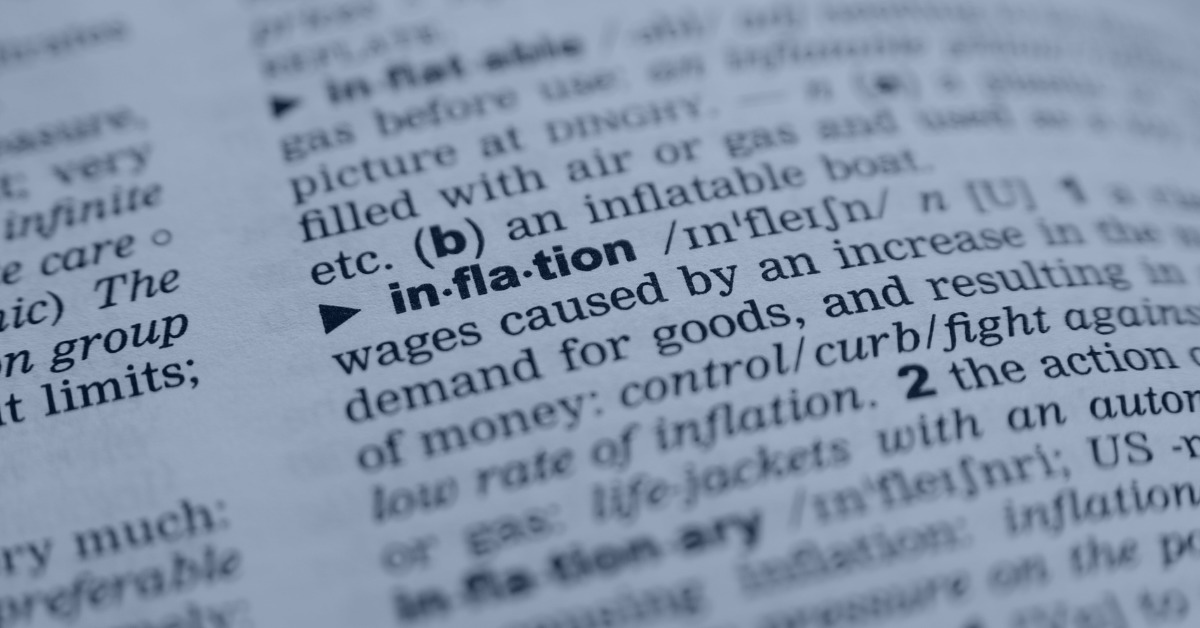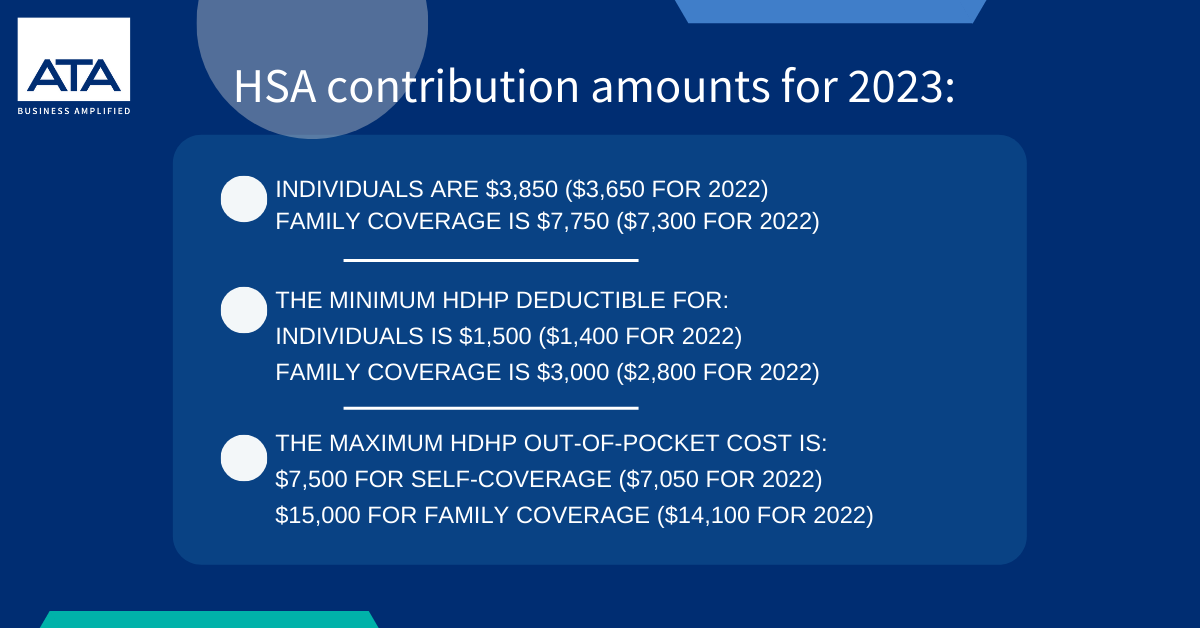Conduct stress testing to stay competitive
Very few people saw the COVID-19 pandemic coming — nevertheless, it had a significant impact on businesses, including banking. In the ensuing volatile business environment, community banks need to ensure they’re prepared for unexpected challenges by using all the tools at their disposal to help them stay profitable. One such tool is stress testing, which can be done at either the enterprise or individual loan level.
Stress testing enables banks to simulate specific “disaster” scenarios and evaluate the bank’s (or loan’s) potential for withstanding them in terms of earnings, capital adequacy and other financial metrics. It can provide valuable information about potential risks that community banks can use to stay afloat through inevitable economic ups and downs.
Set up the scenario
Stress testing generally involves scenario analysis. This consists of applying historical or hypothetical scenarios to predict the financial impact of various events, such as a severe recession, loss of a major client or a localized economic downturn. Tools for performing such tests can range from simple spreadsheet programs to sophisticated computer models.
The Office of the Comptroller of the Currency (OCC) considers “some form of stress testing or sensitivity analysis of loan portfolios on at least an annual basis to be a key part of sound risk management for community banks.” But its guidance doesn’t prescribe any particular methods of stress testing. It describes two basic approaches to stress testing: “bottom up” and “top down.” A bottom-up approach generally involves conducting stress tests at the individual loan level and aggregating the results. In contrast, a top-down approach applies estimated stress loss rates under various scenarios to pools of loans with similar risk characteristics.
The guidance outlines four methods to consider:
- Transaction-level stress testing. This estimates potential losses at the loan level by assessing the impact of changing economic conditions on a borrower’s ability to service debt.
- Portfolio-level stress testing. This method helps identify current and emerging loan portfolio risks and vulnerabilities (and their potential impact on earnings and capital). It assesses the impact of changing economic conditions on borrower performance, identifies credit concentrations and gauges the resulting change in overall portfolio credit quality.
- Enterprise-wide stress testing. This considers various types of risk — such as credit risk within loan and security portfolios, counterparty credit risk, interest rate risk, and liquidity risk — and their interrelated effects on the overall financial impact under a given economic scenario.
- Reverse stress testing. This approach assumes a specific adverse outcome, such as credit losses severe enough to result in failure to meet regulatory capital ratios. It then works backward to deduce the types of events that could produce such an outcome.
The right approach and method for a particular bank depends on its portfolio risk and complexity, as well as its resources. Even a simple stress-testing approach can produce positive results.
Gather information
A bottom-up approach at the transaction level may offer a significant advantage: In addition to assessing the potential impact of various scenarios on a bank’s earnings and capital, the OCC says it can help the bank “gauge a borrower’s vulnerability to default and loss, foster early problem loan identification and strategic decision making, and strengthen strategic decisions about key loans.”
For example, when evaluating a loan application, consider gathering information on the various risks the borrower faces. Examples include operational, financial, compliance, strategic and reputational risks. This information can be used to run stress tests that measure the potential impact of various risk-related scenarios on the borrower’s ability to pay. An added benefit of this process is that, by discussing identified risks and stress test results with borrowers, you can help them understand their risks and develop strategies for managing and mitigating them. For instance, they might tighten internal controls, develop business continuity / disaster recovery plans or purchase insurance.
Get to the heart of the matter
Risk management is at the heart of loan management. Stress testing can play a key role in helping community banks manage risk by enabling them to more fully envision and respond to potential loan portfolio problems.
Click here to contact one of our experts.
© 2022









